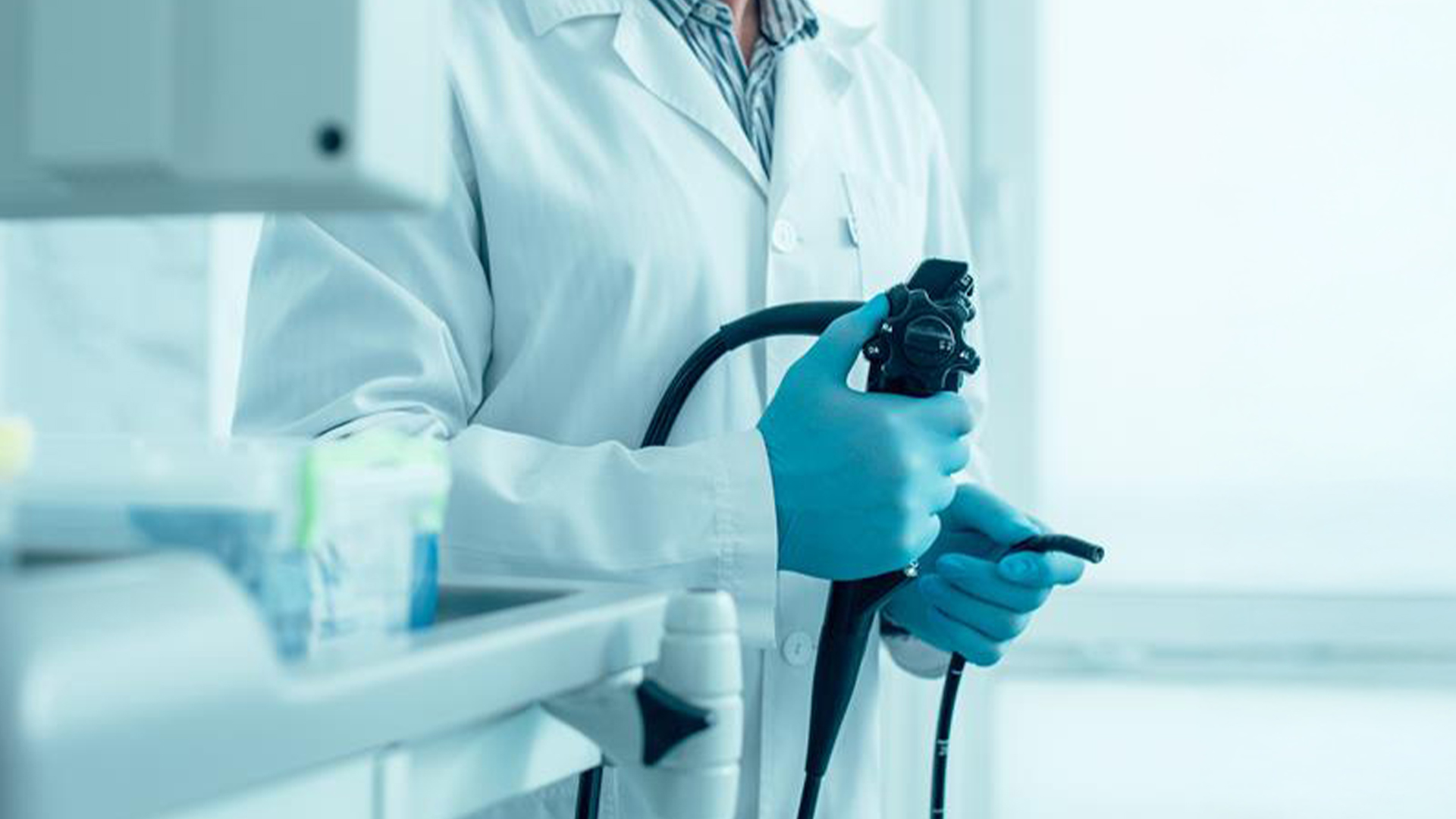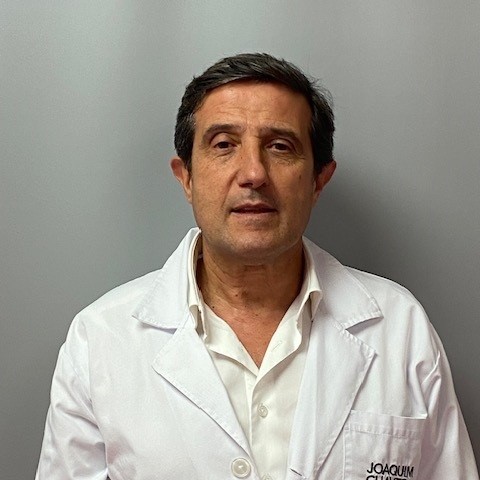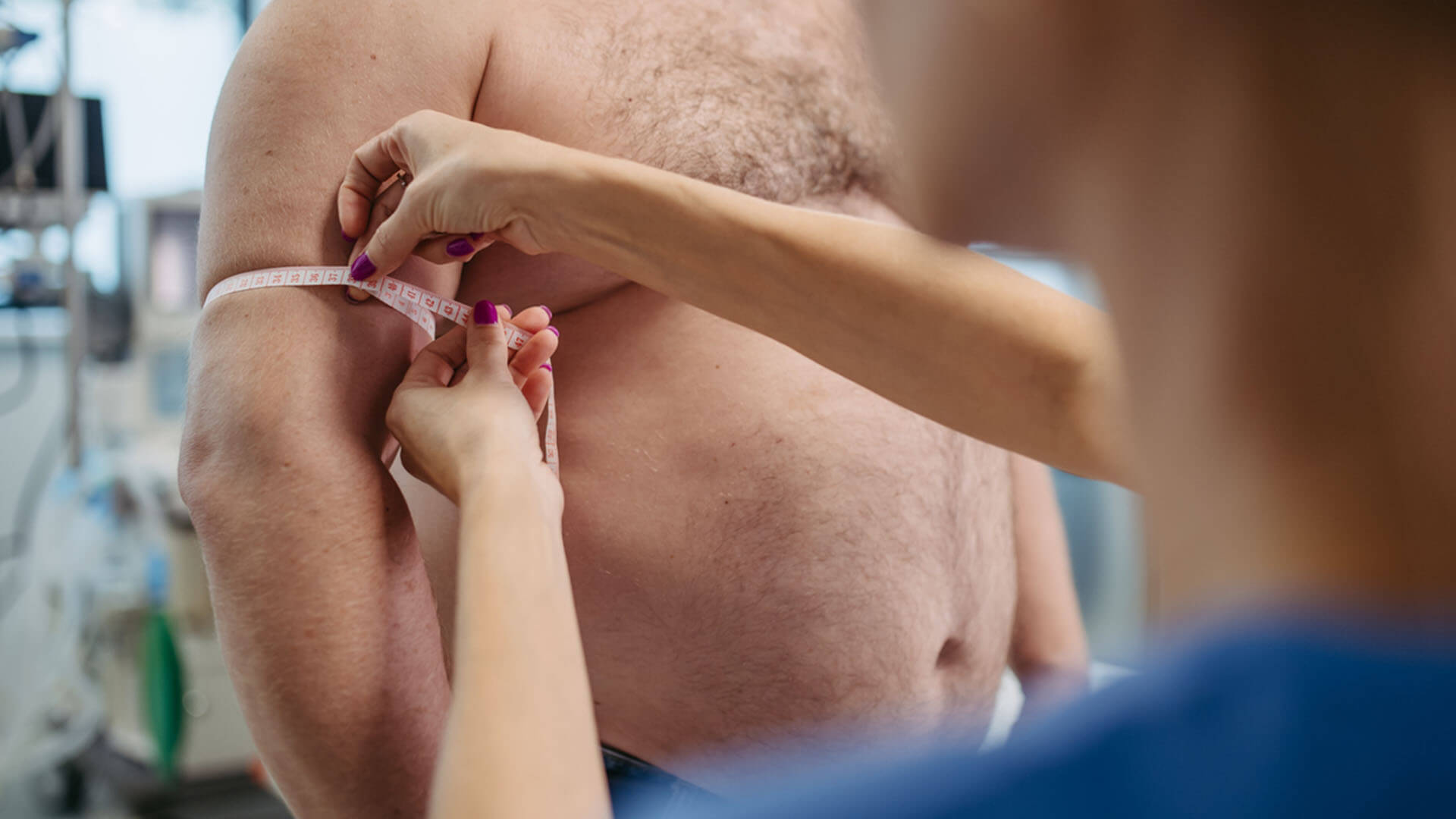What are the types of colonoscopy?
There are two types of colonoscopy, depending on the equipment used in the exam: optical colonoscopy and virtual colonoscopy.
Optical Colonoscopy
Optical colonoscopy is the traditional method that uses a device called a colonoscope. This is a thin and flexible tube equipped with a camera and light source at the end. The camera captures and records images of the inside of the intestine, transmitting them to a monitor to be examined by the physician.
Within this type of colonoscopy, there are 3 subtypes, which vary according to the sections of the bowel visualised:
• Sigmoidoscopy. This is the simplest type of colonoscopy, which passes mainly through the left colon to the descending colon. As the name indicates, this exam enables examination of the rectum and sigmoid.
• Left Colonoscopy. This exam is designed to examine the left half of the intestine, thus extending beyond the sections analysed in the previous type. In this case, the physician is also able to examine the descending colon and the distal portion of the transverse colon.
• Total Colonoscopy. Comprehensive examination of the entire intestine, providing a visualisation of the final section of the small intestine.
For the procedure, the patient can choose anaesthesia to make the exam less uncomfortable. In this case, they should be accompanied and cannot drive or work on the day of the procedure. The physician inserts the colonoscope through the anus, and the device also introduces air to facilitate visualisation. The equipment collects images of the inside of the intestine and transmits them to a monitor to be examined and interpreted by the clinician. This exam usually last between 15 and 45 minutes, depending on the level of difficulty to progress through the colon.
Virtual Colonoscopy
Virtual colonoscopy is a minimally invasive method that represents the most advanced level of this exam today. It is performed through a Computed Axial Tomography (CAT) scan of the abdomen, using high-capacity equipment and software that generate three-dimensional images of the axial sections.
This process is simpler, more comfortable and faster than an optical colonoscopy. The patient is placed in the same position, but only to insert a thin probe into the rectum to inflate the colon with air. Next, the patient table slides into the CAT scanner tunnel, where X-rays capture images of the area to be examined. In some cases, it may be necessary to administer contrast material to visualise more clearly and precisely. A virtual colonoscopy usually takes no longer than 15 minutes. Although this type of colonoscopy does not allow the removal of polyps or tissue samples, it can be a useful alternative for patients who cannot or do not want to undergo an optical colonoscopy, or for whom an optical colonoscopy is impossible or contraindicated.
It is important to note that bowel preparation is also necessary in this case and that, at present, the sensitivity of this type of colonoscopy has not been endorsed for colorectal cancer screening.
What are the effects and risks of colonoscopy?
Whether optical or virtual, colonoscopy can cause abdominal pressure, flatulence or abdominal cramps, which diminish as the patient eliminates gas. Short walks can help this process.
The risks associated with colonoscopy are rare but, as with any other invasive exam, they exist. One of the most feared complications is colonic perforation, but this occurrence is documented in just 0.1% of these diagnostic exams (this percentage is higher, between 0.04% and 2%, in exams that include treatment, such as polyps removal). Haemorrhage can also occur, but with a fairly low incidence; on average, 1 in every 100 exams, and this can happen immediately or up to 12-14 days after the procedure, especially if polyps were removed. These cases can be controlled through endoscopic methods or, in serious situations, with surgical intervention. Haemorrhages often also resolve themselves spontaneously, without the need for medical procedures. However, a health professional should always be consulted when this occurs. There is also the risk of adverse reactions to medication administered for the bowel preparation.
Therefore, it is essential to inform the physician of any allergies, other disorders or ongoing treatments, to reduce the risk of complications. The patient should also follow all of the physician’s instructions when discharged, especially regarding diet and monitoring occurrences, such as haemorrhage, vomiting, fever, gas and bowel obstruction, or abdominal pain. The risks involved in virtual colonoscopy are substantially lower than in optical colonoscopy, as it is significantly less invasive and uses a low dose of radiation.
When should a colonoscopy not be performed?
There are situations when colonoscopy is not recommended, such as when one of the following criteria is fulfilled:
• Colonic perforation;
• Suspected diverticulitis or colonic perforation;
• Acute myocardial infarction less than 6 months before;
• Decompensated heart failure (such as arrhythmias);
• Acute cardiorespiratory disease;
• Pulmonary embolism;
• Pregnancy (2nd and 3rd trimesters);
• Recent abdominal surgery;
• Severe coagulation disorders;
• Uncontrolled severe mental illness.
What preparation is necessary for a colonoscopy?
Colonoscopy requires some prior measures. The bowel must be completely waste-free, therefore the patient must prepare with a special cleanse, which will allow total visualisation of the internal lining of the colon wall.
When scheduling the exam, specific instructions will be provided for your case, but generally the following is indicated:
• Follow a liquid diet for the 2 days before the exam (water, tea, coffee without milk, broths, pulp-free juices, avoiding red liquids so these are not confused with blood);
• Ingest a special preparation on the day before the exam. There are several preparations available, with different flavours, developed especially to make stool progressively clearer;
• Bowel preparations have various specific characteristics and, as much as possible, should be chosen and adapted to the patient’s age, comorbidities, conditions such as chronic constipation, and the results of preparations for previous exams – ideally, the unit and nursing team where the exam will be performed should be contacted to optimise bowel preparation. Aside from facilitating proper visualisation of the digestive tract and consequently the visualisation of lesions, a good bowel preparation allows for a greater interval between routine exams, therefore maximum effort should be made.
What are the restrictions of a colonoscopy?
Even when performed correctly, colonoscopy presents some restrictions. The effectiveness of this exam depends highly on the level of bowel preparation, as this affects the ability to detect bodies obscured by faecal waste.
Rarely, some conditions of the patients themselves can make it difficult to perform the exam, such as previous abdominal surgeries.
Furthermore, the clinician’s attention is also essential to obtain accurate imaging results. An experienced and attentive physician may even identify small lesions that could go unnoticed by a less experienced or less attentive physician. This is why it is important to count on experienced and specialised professionals to carry out the exam, as is guaranteed by the Joaquim Chaves Saúde team.
Colonoscopy at Joaquim Chaves Saúde
Colonoscopy is not just a diagnostic exam. This procedure can also help therapeutically resolve certain conditions, like polyps and other lesions. The exam can be performed with sedation or virtually, to substantially reduce the patient’s anxiety, fear and discomfort.
This is currently the most important exam for colorectal cancer screening, and should therefore be undergone by everyone from the age of 45.
At Joaquim Chaves Saúde, we are equipped with the most advanced resources to perform colonoscopies, both optical and virtual, applying state-of-the-art technology to obtain the most accurate results. Schedule your exam now, on our website or app.






